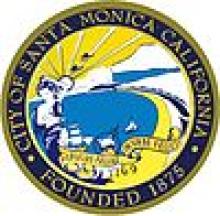Rural Massachusetts Open Access Fiber-Optic Network Builds Momentum
We are hearing exciting news from western Massachusetts -- at least 17 towns have already held the necessary meetings and votes to join the Wired West cooperative that will build an open access, universal, FTTH broadband network in each of the member towns. This is an exciting project in a region largely left behind by cable and phone companies.
Back in January, we described the steps necessary to form a "Municipal Light Plant," in each community but a recent update from Wired West reminds us about the specifics:
Town participation in the WiredWest municipal telecommunications cooperative requires passing two consecutive town votes at separate meetings to establish Municipal Light Plant (MLP) legislation in the town. The MLP legislation was created in the Commonwealth over 100 years ago to enable towns to generate their own electricity. In 1996, the ability for towns to offer telecommunications services was added to the MLP statute. WiredWest charter towns researched various governance options and determined this was the best choice for enabling towns to offer telecommunications services, work together cooperatively and issue municipal debt to capitalize the network.Towns have been passing the 2/3 votes with overwhelming approval, as in the town of Florida, with a 30-1 vote. Wired West is maintaining an impressive map of the status of each town along the path. Clicking on a town brings up more information about that town. Kudos to them for making a great map that is easy to use and conveys a lot of information. The Berkshire Eagle recently published an op-ed discussing the importance of economic development in the area:
Because many Berkshirites work, either at home or in an office, in towns without high-speed Internet service, making such connections widely available is vital to economic development in the county.



